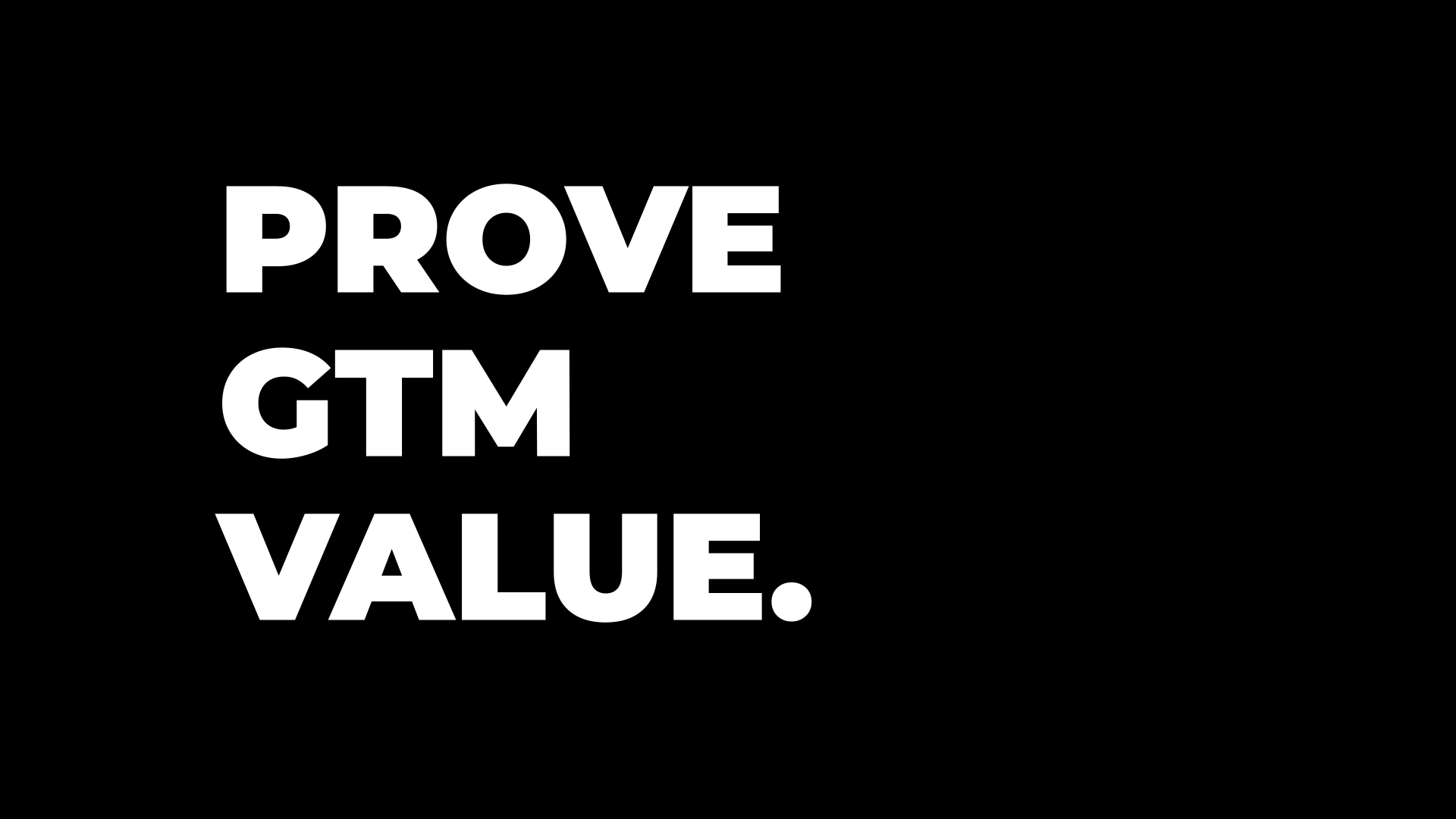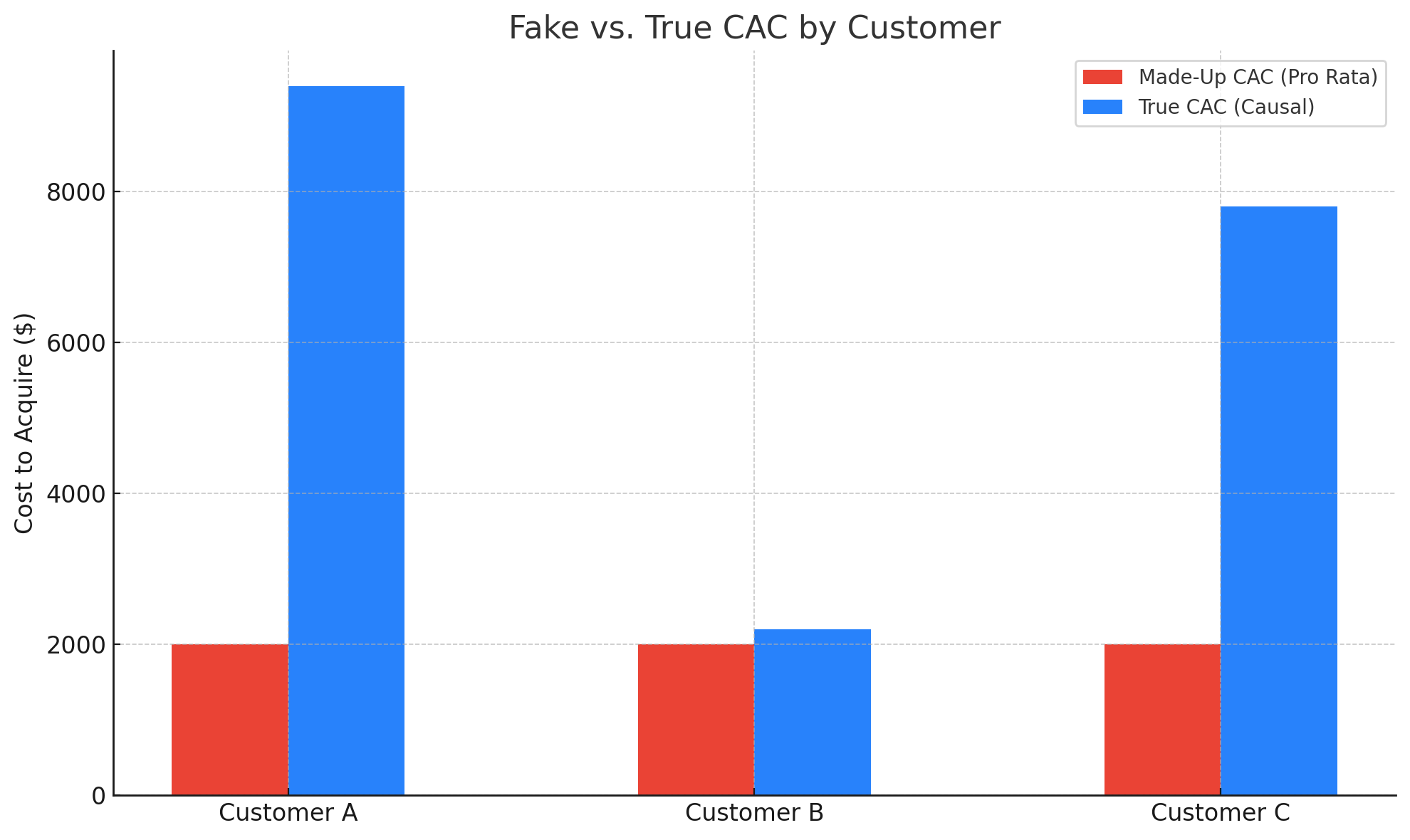
Marketing teams that obsess over MTA, MQLs, CTR/CPL are under more pressure than ever. BS detectors are on high alert in the boardroom. In Part 5 of The Causal CMO, Mark Stouse outlines what the C-suite already expects. GTM leaders need to be fluent in interpreting proof, spend, and business acumen.
As Mark and I already discussed, the rules changed in 2023.
The Delaware Chancery Court’s 2023 ruling expanded fiduciary duty from CEOs and boards to all corporate officers, including CMOs, CROs, CDAOs, and other GTM leaders.
That means we’re now individually accountable for risk oversight and due diligence. Not just our intent. Our judgment too.
“This is changing the definition of the way business decisions are evaluated… What did you do to test that? What did you do to identify risk and remediate the risk?”
Boardroom expectations have shifted. They want marketing accountability, not activity metrics. If your GTM budget is still defended with correlation math, you’re going to lose the room.
Causal AI gives you something different: Proof.
It tests what causes performance and why, how much it contributed, and what to do next.
It operates a lot like a GPS, recalculating your position in real time, suggesting alternate routes, and showing what could happen under different conditions.
Boards don’t want us to show them more dashboards. Think of it like the bridge of a ship. The Captain and First Officer
They want decision clarity:
Causal AI models cause and effect based on live conditions, not lagging indicators. It runs continuously. It adjusts to change. It simulates outcomes with real or synthetic data.
“GPS says, ‘I know where you are.’ You say where you want to go. It gives you a route. Then, if something changes—an accident, traffic—it reroutes. Causal AI works the same way.”
Mark shared a great story from one of his clients. During COVID, the finance team at Johnson Controls planned to cut marketing by 40%. But causal modeling showed how that would destroy revenue 1, 2, and 3 years out.
“The negative effects… were terrible. Awful. Like, profoundly wretched.”
Finance still made cuts, but only by 15%, not 40%. Because the data made the risk real.
A lot of B2B companies still treat CAC and LTV as truth. Mark didn’t mince words:
“CAC is a pro rata of some larger number. That pro rata is not real.”
And LTV?
“In the vast majority of cases, it’s completely made up.”
The bigger issue: CAC isn’t just a cost. It’s a form of debt. If you spend $250K chasing an RFP and don’t keep the client long enough to pay that back, you’re in the red. Period.
This mindset shift matters most for CMOs trying to earn budget.
“You’ve got to understand unit economics of improvement… how much money it takes to drive real causality in the market. That’s true CAC. Not the BS a lot of teams have been selling.”
What does that look like?
The chart below is a simulated example of a typical flat MTA pro rata model compared to a variable causal model.

To be fair, it’s not always deception. It’s often desperation. Most teams are never given the tools to calculate real causality.
CMOs say they want a seat at the table. But most still operate like support teams.
If you want credibility in the boardroom, act like it’s your business and your money.
“I became very good at interpreting marketing into the language of whoever I was talking to, like HR, Legal, Finance, the CEO. No marketing jargon. Just business terms.”
Boards fund systems that scale. That means reframing GTM as a system, not a series of tactics. It’s a mindset that requires critical thinking and letting go of outdated playbooks.
“This is the difference between being seen as a business contributor and being a craft shop.”
Start learning finance. Take courses. Do sales training. Train your team. Speak the language of the business. That’s how you earn respect and influence decisions.
Part 4 covered how to start a skunkworks project:
In Part 5, Mark explains why the silence matters.
“You want to assemble your story of change. You won’t have that if you declare you’re doing this up front.”
The goal here is to earn sequential trust over time, not to be secretive. When people feel the improvement first, they’re far more likely to believe the explanation later.
“If they already believe it, they’ll accept the facts. If they hear the facts first, they’ll resist.”
So don’t lead with a deck. Don’t sell a vision. Build causal models behind the scenes. Learn what’s working. Adjust what’s not. Let the results speak. The key is to keep learning.
Then, when the timing’s right, you can confidently walk into the boardroom with a better story and the data to back it up.
The hardest part of this shift isn’t modeling. It’s having the guts to do the right thing instead of always doing things right.
“The biggest issue we all face is courage. The courage to act.”
Too many marketing leaders stay stuck because it’s safer. Even if nothing changes.
“If you’ve tried the old approach your whole career and it hasn’t worked… then you’ve got to change.”
And according to Mark, to be that change, you have to stop waiting for permission, stop hiding behind bad math, and start proving your worth quietly, confidently, and causally.
Navigating a business is kind of like flying a plane. Causal AI gives GTM teams the instruments they need to fly safely through volatility. It does more than “keep you in the air.” It helps you choose better paths when visibility disappears.
Implementing Causal AI into GTM requires a mindset shift. Marketing leaders will need to let go of legacy systems like MTA because the change is coming fast.
Here’s where to begin:
If you want a seat at the table, you need to earn it and prove it.
Missed the LinkedIn Live session? Rewatch Part 5.
If you like this content, here are some more ways I can help:
Cheers!
This article is AC-A and published on LinkedIn. Join the conversation!